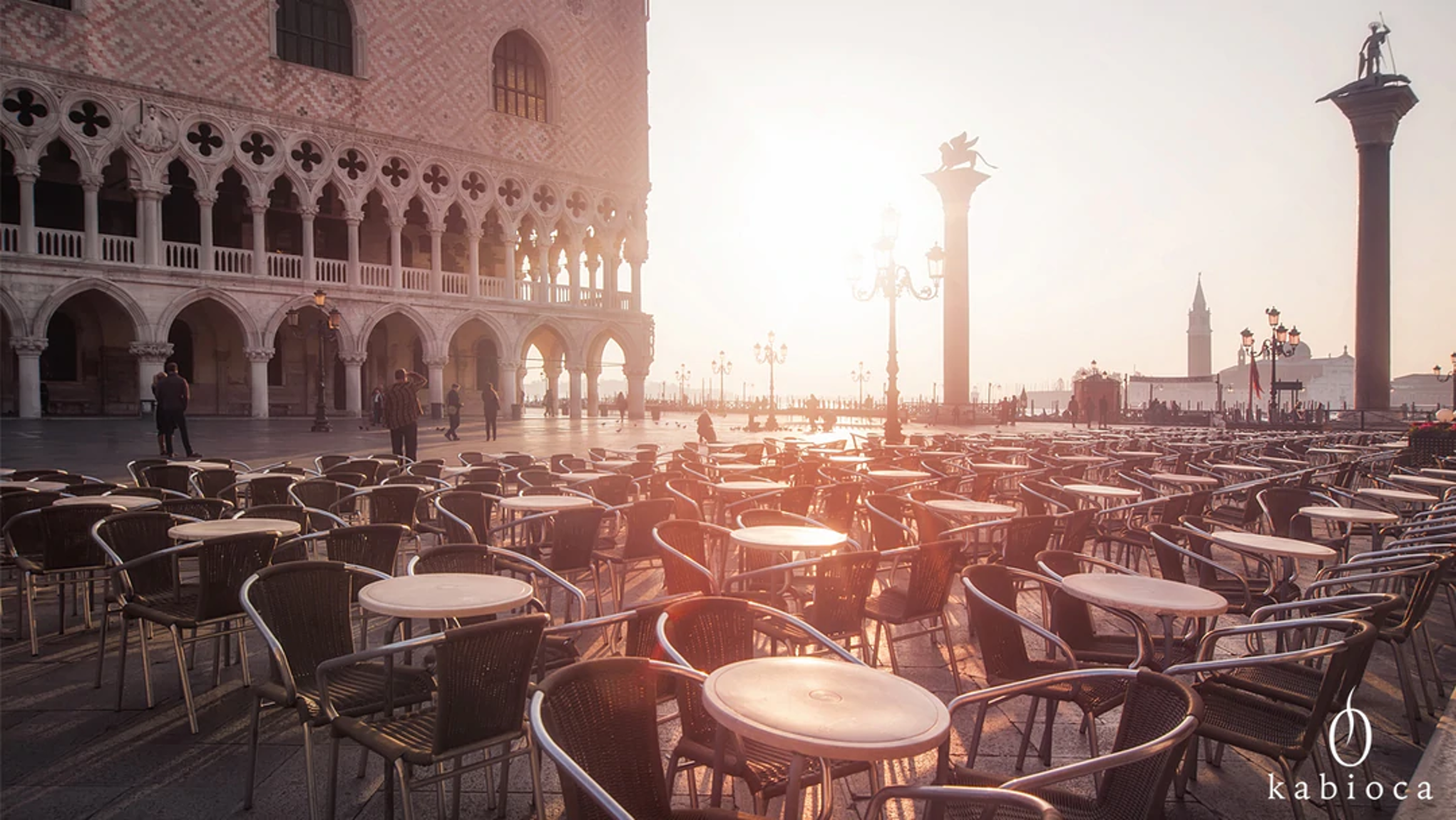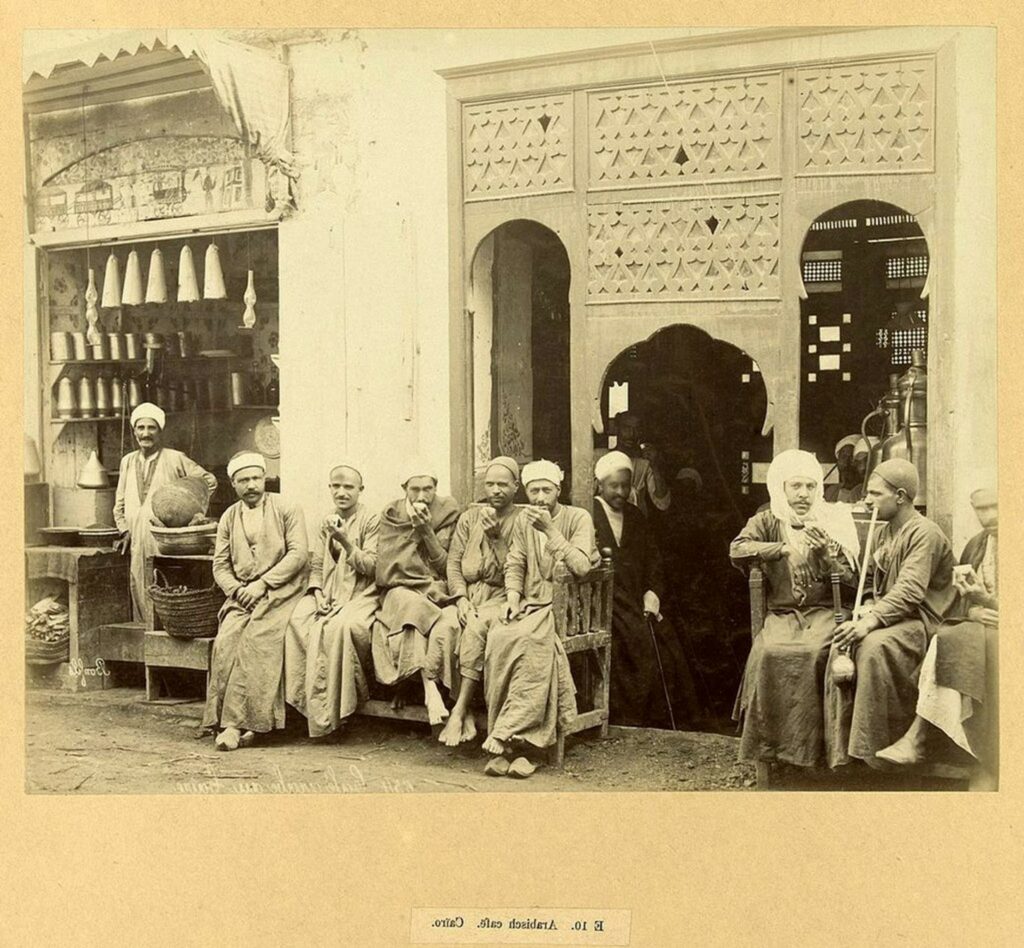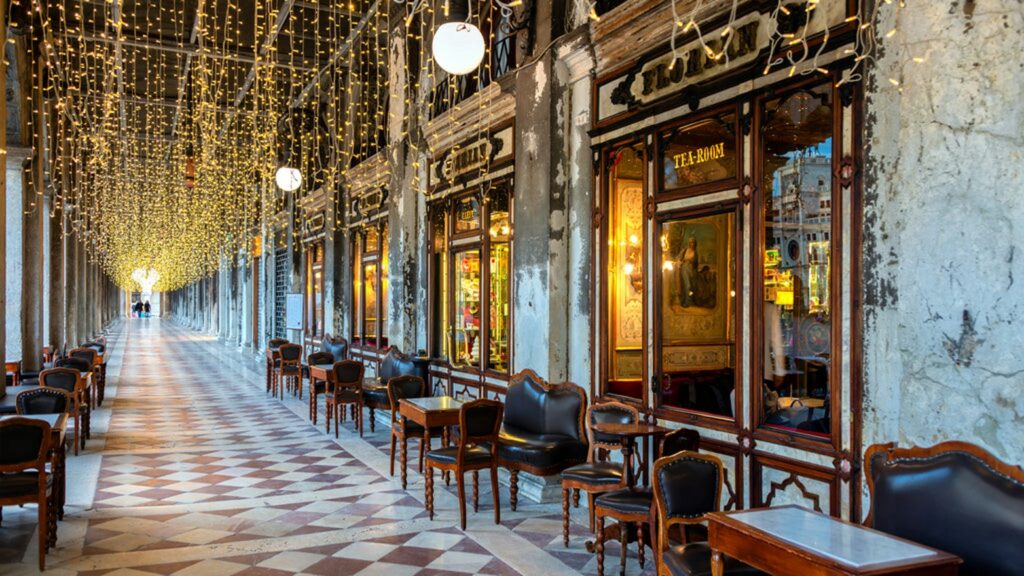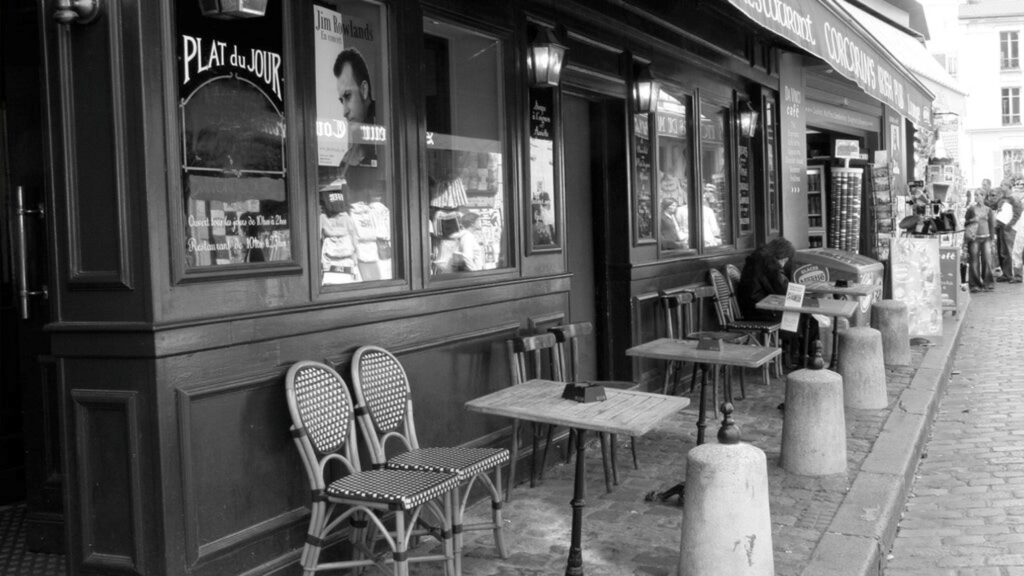
History of coffee: coffee arrives in Europe
It is just over four centuries since coffee arrived on the European continent. Although the consumption of these small beans has spread throughout the world and is now part of our daily lives, it was not always so. Let’s discover the history of the arrival of coffee in Europe.
History of coffee: Coffee and the Muslim world
After the discovery and cultivation of coffee trees in Yemen, the Sultan of the Ottoman Empire, who ruled over a large part of the Mediterranean basin at the time, Suleiman the Magnificent, set about domesticating the cultivation of coffee cherries and mastering the roasting process. The Ottoman people were regular consumers of coffee and the popularity of the nectar began to spread beyond their borders.
In the 16th century, the first coffee houses were established around the Mediterranean, the Middle East and the areas around Mecca. The introduction of coffee into the Islamic world, however, required a cultural consensus as to whether the beverage was toxic or not and whether it was in accordance with the Koran.

Driven by Muslim pilgrims and mystics and by the prohibition of alcohol, places of conviviality called “coffee houses” gained more and more ground. As a result, this drink, called K’hawah, became very popular in the Muslim world.
History of coffee: Introduction of coffee in Central Europe
Subsequently, at the beginning of the 17th century, the Venetians, who specialised in the spice trade between the East and Europe, imported coffee to Italy. Although coffee was widely consumed in Venice, it was nonetheless the subject of controversy and some of Pope Clement VIII’s advisors asked him to ban it, declaring the drink “infidel”. Indeed, the coffee beans, coming from Muslim countries, were viewed with a bad eye by the various cardinals surrounding the pontiff. However, after tasting it, the pontiff finally decided to democratise its consumption and encouraged the monks to drink it.

It was not until the end of the 17th century that England also began to import coffee and English intellectuals began to meet to discuss philosophy over coffee. From Cairo to Paris, via Constantinople, numerous coffee houses opened as meeting places for artists and intellectuals, such as Montesquieu and Diderot.
Charles II, then King of England, took fright and declared the closure of these places where liberal ideas and pamphlets were shared among the various protesters of the time. However, the ban was quickly lifted in response to the people’s enthusiasm, and 50 years later there were nearly 2,000 coffee shops throughout England.
History of coffee: Arrival of coffee in France
The arrival of coffee in France dates back to 1644. Introduced from Egypt to Marseille by a Marseille trader, its consumption quickly became more democratic. In 1671, the first public café offering coffee was opened in the “La Loge” district of the city of Marseille (now the Bourse district, located between the Vieux-Port and Belsunce).

It was not until 1669 that the precious coffee beans arrived in the French capital. Paris only received its first roasted coffee beans after the visit of Suleiman Aga, emissary of Mehmed IV, Sultan of the Ottoman Empire. Despite the failure of the attempt at rapprochement between France and Turkey, the latter offered King Louis XIV a taste of the famous beverage that had been spreading for some years in the various European courts.
Cheaper than chocolate, coffee was definitely adopted by all social classes in the 19th century and the cup of black coffee in the morning became a classic, replacing the traditional soup.